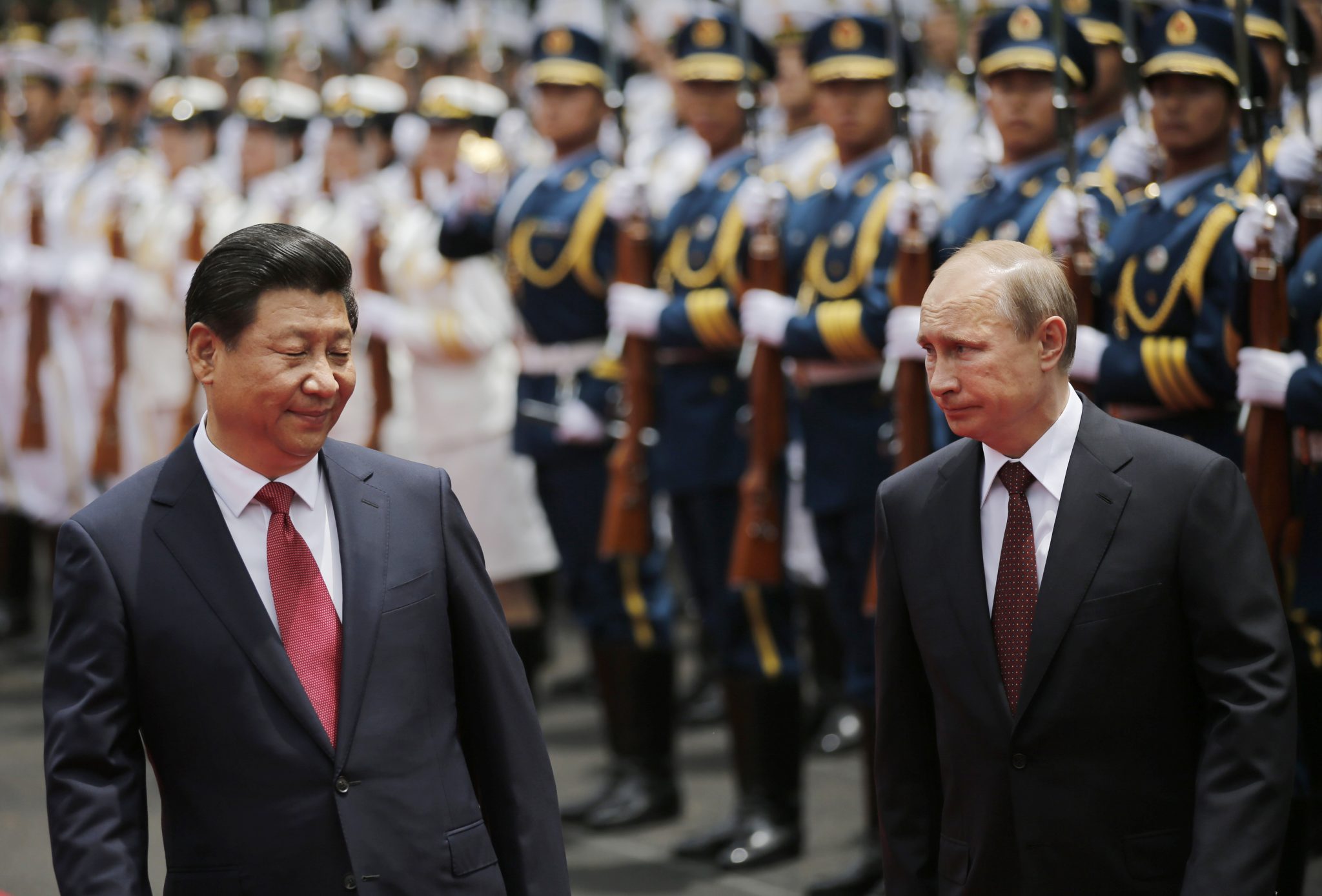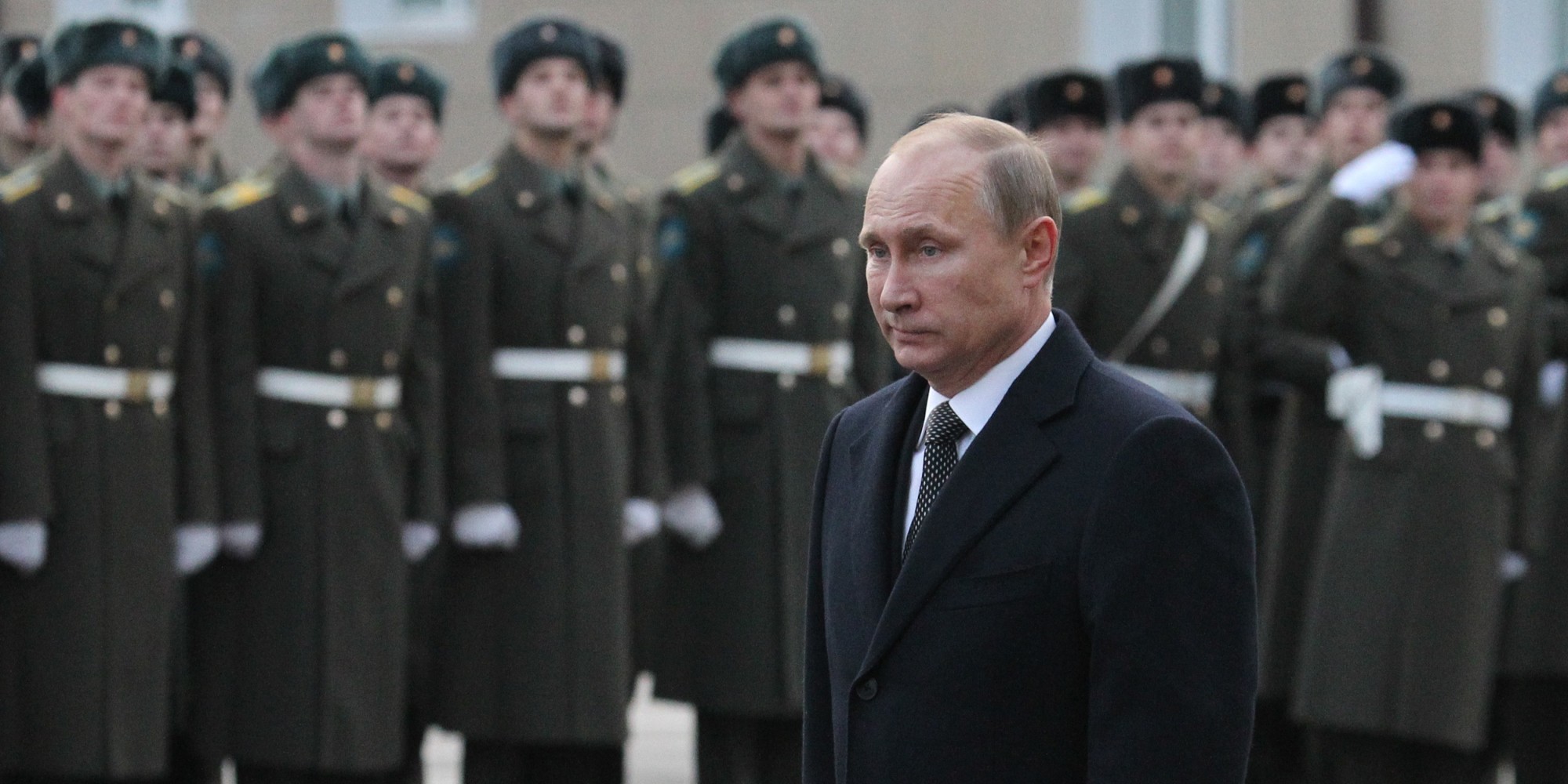
(Photo taken from yahoo.com)
The Eurasian Economic Union (EEU) stemmed from a series of initiatives which aimed at integrate the countries of the former Soviet Union into a regional regime while maintaining Russia’s traditional influence in its neighbourhood. Preceded by the Eurasian Customs Union (formed by Russia, Belarus and Kazakhstan in 2010) and the Common Economic Space, the EEU entered into force on January 1, 2015 and seeks to create an economic union between Russia, Belarus, Kazakhstan, Armenia and Kyrgyzstan. The documents of Kyrgyzstan’s accession to EEU have been recently signed, on May 8, 2015.The Treaty establishing the EEU lays down the free movement of goods, services, capital and labor and pursues the creation of several single markets: the single market of pharmaceutical and medical devices (by 2016), the single market of electric power (by 2019) and the single market of hydrocarbons (by 2025). Since January 1, 2015, the freedom of labor movement is in place between the EEU’s member states, along with the freedom of services in 40 sectors. Though it officially aims at spurring the regional economic integration, the EEU represents, to a large extent, Russia’s response to the geopolitical developments occurred in its neighbourhood.
The EEU’s creation marks a shift in Russia’s foreign policy, which suggests Moscow’s willingness to respond in an assertive way to the geopolitical transformations which took place in its neighbourhood, represented mainly by the creation of the Eastern Partnership, and, to a lesser extent, by the Chinese influence in Central Asia’s republics. Nevertheless, the EEU’s project was initiated mainly as an attempt to counter EU’s influence and actions in the former Soviet space. Thus, the EEU’s project was presented by Vladimir Putin in an article published in “Izvestia” on October 3, 2011, immediately after an Eastern Partnership Summit held in Warsaw. EEU’s narrative, as Putin’s article presents it, is largely constructed with reference to the EU. Putin’s geopolitical ambition for EEU is clearly revealed by the approach he has on the possible collaboration between EEU and EU; that should go beyond the commercial cooperation and should induce “changes in the geo-political and geo-economic set up of the continent as a whole”. The Ukrainian crisis accelerated Russia’s willingness to respond to the new geopolitical developments and to have a tool of re-establishing its influence in its neighbourhood; consequently, the founding Treaty of the EEU was signed on May 29, 2014 at Astana. The institutional architecture of the EEU was largely inspired by the EU project, though the power is organized in a centralized, top-to down manner. Hence, EEU’s “supreme authority” is the Supreme Council, composed by the presidents of the member states, who appoint the Chairman and the members of the Eurasian Economic Commission; an EEU’s body, composed by the heads of the governments, is the Intergovernmental Council. The Eurasian Economic Commission is the EEU’s permanent regulatory body, each member state being represented by 3 members. The EEU has also a Court of Justice, which should ensure the implementation of the EEU’s regulations .
Though a geopolitically- driven project, will EEU succeed in achieve economic cooperation between its member states and further economic integration on a large scale? The evidences accumulated so far show great differences between the economic potential of EEU’s member states and various degrees of economic dependence on Russia. For instance, the economies of Belarus and Armenia heavily rely on Russia in terms of subsidies on oil and gas (Belarus), trade (Belarus, Armenia) and foreign investment (Armenia). Since the entering into force of the Eurasian Customs Union, there were observed significant trade diversion effects in the case of Kazakhstan. The newest EEU’s member, Kyrgyzstan, has a high economic dependence on Moscow, as nearly 30% of its GDP is represented by the remittances sent by its labor migrants from Russia. The analysts estimate that the trade diversion effects within EEU are likely to be pursued and there would be other side effects, like the strengthening of the income levels’ divergence between the member states. Other opinions consider even that Moscow is to benefit the most from EEU’s creation, as this organization would mainly enhance the bilateral trade between Russia and the other member states. Would these prospects are likely to be changed by the future international free trade agreements that EEU may sign with other countries? (a free trade agreement is already set to be signed with Vietnam at the end of May). The answer largely depends on which extent the future free trade agreements would take into consideration all member states’ economic interests.



